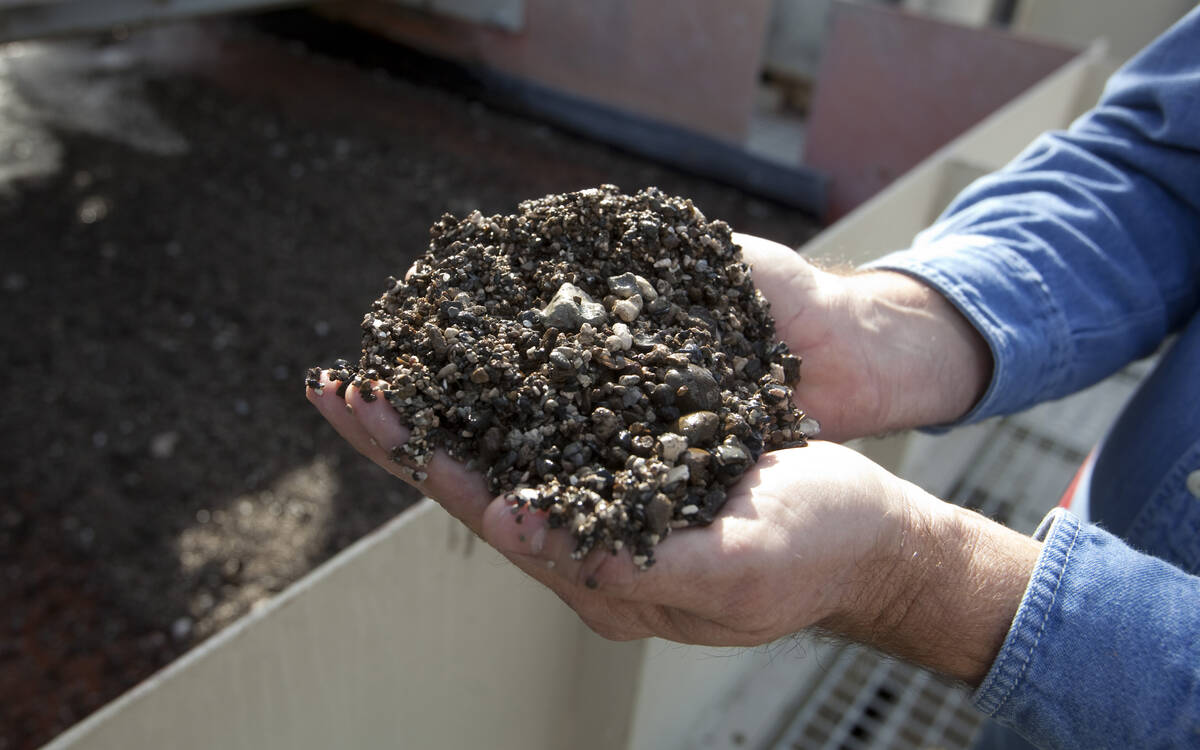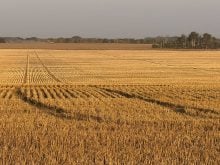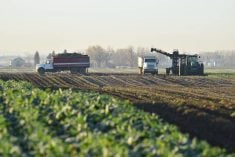EDMONTON – The Godfrey Bowen method of shearing it’s not.
To get alpaca fleece, the process is bit more complicated than the quick, neat, clipping pattern perfected for the sheep industry.
“It’s a new industry, people are picking it up as they go,” said Rod Allan, a former New Zealand sheep shearer who has learned to shear alpacas by trial and error.
“It’s a real learning process. They’re nothing like sheep,” said Allan, of Kelowna, during a break from shearing 200 alpacas at the Royal Canadian Alpaca Ranch near here.
Read Also

Phosphate prices to remain high
Phosphate prices are expected to remain elevated, according to Mosaic’s president.
To shear an alpaca, each of the
animal’s legs must be tied down and stretched out along the floor to keep it still. One person holds its head down, a second holds its feet and the third shears the abundant fleece.
Allan uses an electric shearer as he would for sheep, but to prevent nicks and cuts the shearing comb has 17 teeth instead of the standard 11.
“This is the quickest and cleanest way I’ve found. You have to try and get the fleece off as cleanly as possible.”
Allan first removes the valuable “saddle” fleece from around the body. This higher-quality fleece is bagged and weigh-ed separately from the rest.
Allan shears one side of the alpaca and then flips it over to do the other side.
“This is the gentlest method,” said Florette Schnelle, owner of the ranch. At eight animals an hour, it takes about four days to shear all her alpacas.
Schnelle estimates they will get about 2,000 pounds of fibre, worth about $400,000 retail, from the 200 animals.
Each animal averages about 10 pounds of fleece.
Schnelle will keep enough fleece for their own garment and store requirements and send the rest to the new Alpaca Fibre Co-operative of North America Inc.














